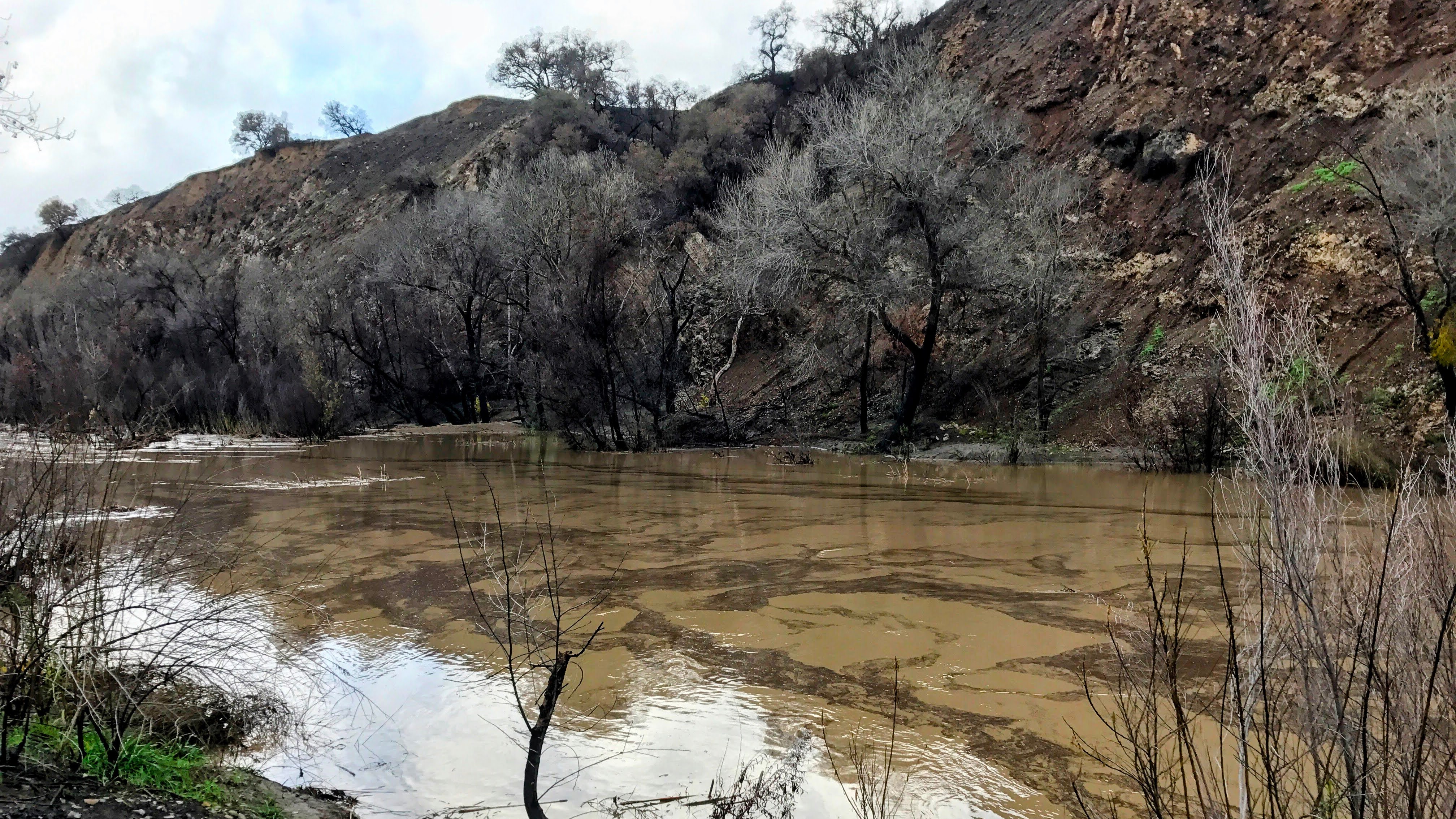Research
The Bart Ecohydrology Lab is based in the Sierra Nevada Research Institute at the University of California, Merced. Ecohydrology is the study of how hydrological and ecological systems interact. Ecohydrology is important because water availability and vegetation growth are tightly coupled, particularly in water-limited environments such as California. Changes to the ecohydrologic functioning of a watershed has implications for forest health, carbon sequestration, water resources, and fire risk.
Research in the lab is used to advance scientific understanding, generate decision-support tools, and to inform policy. While the lab’s research is frequently based in the Sierra Nevada and California, we have research projects throughout North America and the world. We use a mix of tools, including biophysical models, statistical models, and remote sensing.
Research in the lab focuses on three broad domains.
- Ecoinformatics
Ecoinformatics is the science of using computational tools and data analysis to investigate ecological systems. We use ecoinformatics to generate novel approaches for investigating water, carbon, and nutrient fluxes.
- Ecohydrology and Disturbance
Ecosystem disturbances come in many types, including wildfire, bark beetles, drought, and forest management. We examine how disturbances alter ecohydrologic functioning, ranging from vegetation resilience to water supply for human communities.
- Ecohydrology and Climate Change
Climate change affects many ecohydrologic processes, altering functioning in ways that are not always obvious and sometimes counterintuitive. We are interested in predicting the effects of climate change and understanding how management actions can be used to mitigate its worse consequences.

